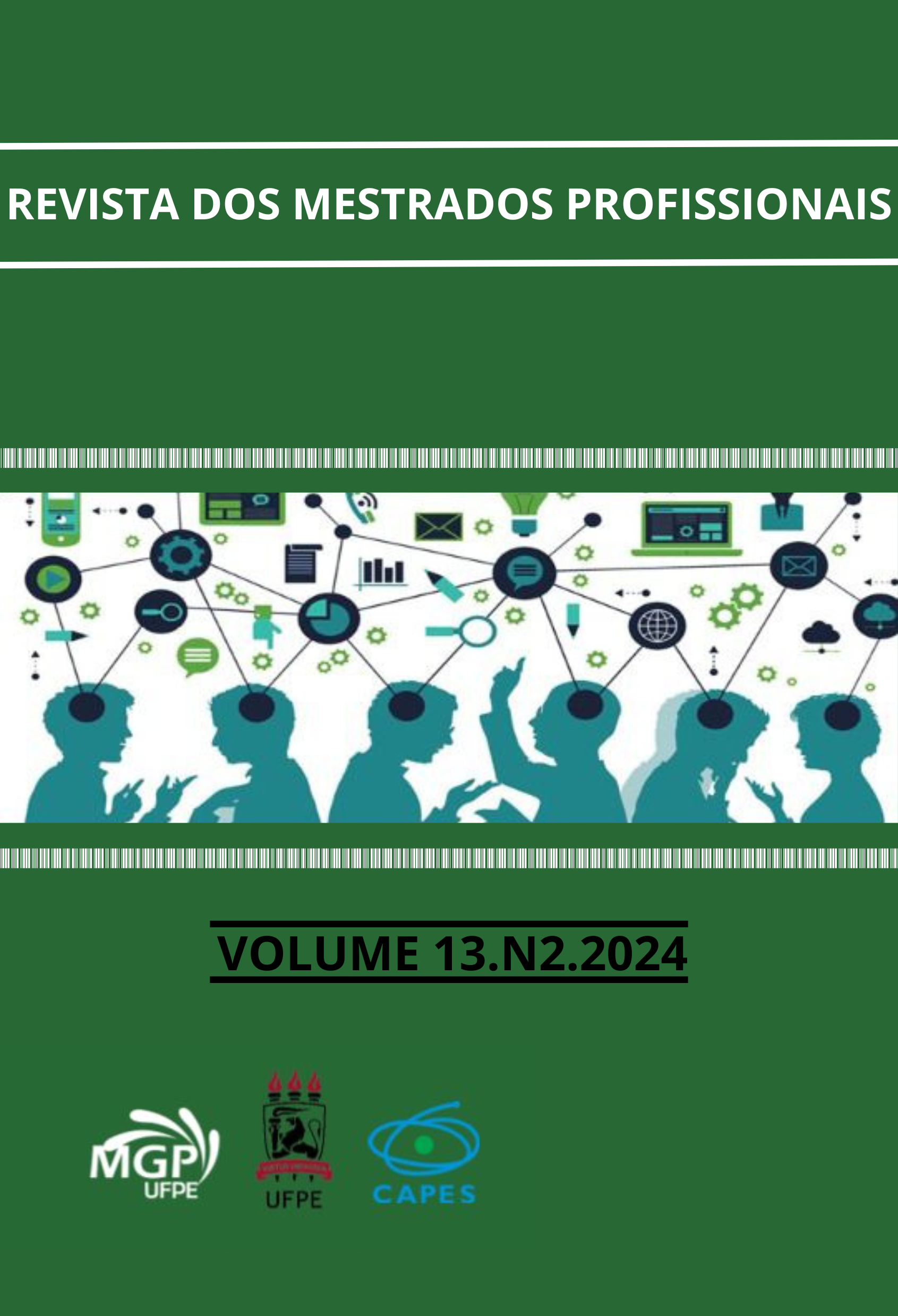Development of an algorithm based on meta-learning to classify families of weeds toxic to livestock
DOI:
https://doi.org/10.51359/2317-0115.2024.265322Keywords:
cnn, weed, pasture, drone, semantic segmentationAbstract
This work proposes a semantic segmentation algorithm based on Convolutional Neural Networks (CNN) for identifying weeds from the Amaranthaceae, Boraginaceae, and Plantaginaceae families, which can be toxic to livestock. Accurate identification of these plants is crucial for effective control. A dataset of weed images in various contexts, such as pastures, sugarcane fields, and other crops, was collected for the algorithm's development. The images were normalized to a standard size of 704x1056 pixels. The algorithm employs meta-learning techniques, such as MAML, and EfficientNet-B0, a pre-trained feature extractor, within a Feature Pyramid Network (FPN) architecture for semantic segmentation. The Intersection over Union (IoU) metric, also known as mIoU, was used to evaluate the model's performance. During training, the model achieved a loss of 0.007, an mIoU of 0.887, and an accuracy of 0.998. In validation, the results showed a loss of 0.029, an mIoU of 0.851, and an accuracy of 0.996, demonstrating the proposed algorithm's efficiency and high performance.
References
BERNARDINO DE CARVALHO, T.; DE ZEN, S. A cadeia de Pecuária de Corte no Brasil: evolução e tendências. Revista IPecege, [S. l.], v. 3, n. 1, p. 85–99, 2017. DOI: 10.22167/r.ipecege.2017.1.85. Disponível em: https://ipecege.emnuvens.com.br/Revista/article/view/109. Acesso em: 23 ago. 2023.
BURKE, M.; DRISCOLL, A.; LOBELL, D.B.; ERMON, S. Using satellite imagery to understand and promote sustainable development. Science, v. 371, eabe8628, 2021.
CASTRO, W.; MARCATO JUNIOR, J.; POLIDORO, C.; OSCO, L. P.; GONÇALVES, W.; RODRIGUES, L.; SANTOS, M.; JANK, L.;
BARRIOS, S.; VALLE, C.; SIMEÃO, R.; CARROMEU, C.; SILVEIRA, E.; JORGE, L. A. C.; MATSUBARA, E. Deep Learning Applied to Phenotyping of Biomass in Forages with UAV-Based RGB Imagery. Sensors, v. 20, 4802, 2020.
CHAGNON, M.; KREUTZWEISER, D.; MITCHELL, E. A. D.; MORRISSEY, C. A.; NOOME, D. A.; VAN DER SLUIJS, J. P., et al. Risks of large-scale use of systemic insecticides to ecosystem functioning and services. Environmental Science and Pollution Research, v. 22, p. 119–134, 2015. doi: 10.1007/s11356-014-3277-x.
DELCOUR, I.; SPANOGHE, P.; UYTTENDAELE, M. Literature review: impact of climate change on pesticide use. Food Research International, v. 68, p. 7–15, 2015. doi: 10.1016/j.foodres.2014.09.030.
ELHARROUSS, O.; AKBARI, Y.; ALMAADEED, N.; AL-MAADEED, S. Backbones-Review: Feature Extraction Networks for Deep Learning and Deep Reinforcement Learning Approaches. arXiv preprint arXiv:2206.08016v1, 2022. Disponível em: https://arxiv.org/abs/2206.08016. Acesso em: 07/10/2024.
FARIA, Lilian Nogueira de. Redes neurais de segmentação semântica de plantas daninhas usando mosaico de imagens de alta resolução espacial de um veículo aéreo não tripulado. 2023. Tese (Doutorado em Ciência da Computação) - Instituto de Matemática e Estatística, University of São Paulo, São Paulo, 2023. doi:10.11606/T.45.2023.tde-22012024-083633. Acesso em: 2024-10-12.
FERREIRA, D. de J., electrónica, A. de M. Z.-REDVET. R., & 2007, undefined. (2007). Importância da pastagem cultivada na produção da pecuária de corte brasileira. Redalyc.Org, 3. https://www.redalyc.org/pdf/636/63613302002.pdf
GARNETT, T.; APPLEBY, M. C.; BALMFORD, A.; BATEMAN, I. J.; BENTON, T. G.; BLOOMER, P., et al. Sustainable intensification in agriculture: premises and policies. Science, v. 341, p. 33–34, 2013. doi: 10.1126/science.1234485.
KAMILARIS, A.; PRENAFETA-BOLDÚ, F.X. Deep learning in agriculture: A survey. Computers and Electronics in Agriculture, v. 147, p. 70–90, 2018.
LIN, T.-Y.; DOLLÁR, P.; GIRSHICK, R.; HE, K.; HARIHARAN, B.; BELONGIE, S. Feature Pyramid Networks for Object Detection. In: Proceedings of the IEEE Conference on Computer Vision and Pattern Recognition (CVPR), p. 2117-2125, 2017. Disponível em: https://openaccess.thecvf.com/content_cvpr_2017/html/Lin_Feature_Pyramid_Networks_CVPR_2017_paper.html.
MA, C.; ZHANG, H.H.; WANG, X.F. Machine learning for big data analytics in plants. Trends in Plant Science, v. 19, p. 798–808, 2014.
MA, L.; LIU, Y.; ZHANG, X.L.; YE, Y.X.; YIN, G.F.; JOHNSON, B.A. Deep learning in remote sensing applications: A meta-analysis and review. ISPRS Journal of Photogrammetry, v. 152, p. 166–177, 2019.
MAES, W.H.; STEPPE, K. Perspectives for remote sensing with unmanned aerial vehicles in precision agriculture. Trends in Plant Science, v. 24, p. 152–164, 2019.
NATARAJAN, V. A.; KUMAR, M. S.; PATAN, R.; KALLAM, S. AND MOHAMED, M. Y. N., "Segmentation of Nuclei in Histopathology images using Fully Convolutional Deep Neural Architecture," 2020 International Conference on Computing and Information Technology (ICCIT-1441), Tabuk, Saudi Arabia, pp. 319-325, 2020.
RONNEBERGER, O., FISCHER, P., & BROX, T. (2015). U-Net: Convolutional Networks for Biomedical Image Segmentation. In Medical Image Computing and Computer-Assisted Intervention – MICCAI 2015 (pp. 234-241). Springer, Cham. https://doi.org/10.1007/978-3-319-24574-4_28
SANTORO, A.; BARTUNOV, S.; BOTVINICK, M.; WIERSTRA, D.; LILLICRAP, T. P. Meta-learning with memory-augmented neural networks. In: Proceedings of the 33rd International Conference on International Conference on Machine Learning, v. 48, p. 1842–1850, 2016.
Vougioukas, S.G. Agricultural robotics. Annu. Rev. Control Robot. Auton. Syst. 2019, 2, 365392.
WANG, H.; SHANG, S.; WANG, D.; HE, X.; FENG, K.; ZHU, H. Plant Disease Detection and Classification Method Based on the Optimized Lightweight YOLOv5 Model. Agriculture. 2022, 12, 931.
ZHANG, Z., LI, Y., ZHANG, W., XU, J., GU, H., AND QI, Q. (2011). Discuss on the ecological irrigation district and ecological irrigation district health, in Proceedings of 2011 International Symposium on Water Resource and Environmental Protection (Xian), 489493.
ZHONG, L.H.; HU, L.; ZHOU, H. Deep learning based multi-temporal crop classification. Remote Sens. Environ. 2019, 221, 430443.
Downloads
Published
Issue
Section
License
Copyright (c) 2025 As Pesssoas Autoras

This work is licensed under a Creative Commons Attribution-NonCommercial-NoDerivatives 4.0 International License.
Os trabalhos submetidos são de responsabilidade exclusiva de sua autoria, que preserva o seu direito autoral.
É permitida a citação dos trabalhos publicados sem prévia autorização desde que seja explícita a menção à fonte da RMP

